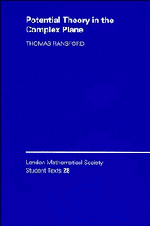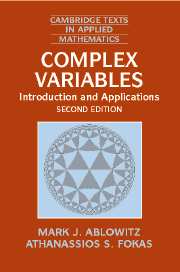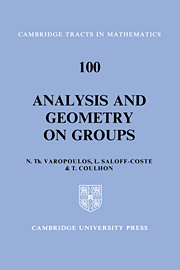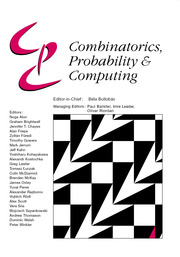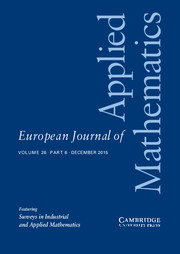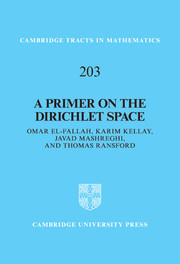Potential Theory in the Complex Plane
Potential theory is the broad area of mathematical analysis encompassing such topics as harmonic and subharmonic functions, the Dirichlet problem, harmonic measure, Green's functions, potentials and capacity. This is an introduction to the subject suitable for beginning graduate students, concentrating on the important case of two dimensions. This permits a simpler treatment than other books, yet is still sufficient for a wide range of applications to complex analysis; these include Picard's theorem, the Phragmén–Lindelöf principle, the Koebe one-quarter mapping theorem and a sharp quantitative form of Runge's theorem. In addition there is a chapter on connections with functional analysis and dynamical systems, which shows how the theory can be applied to other parts of mathematics, and gives a flavour of some recent research. Exercises are provided throughout, enabling the book to be used with advanced courses on complex analysis or potential theory.
Reviews & endorsements
'This book is a engaging addition to the estimable London Mathematical Student Text Series. An excellent text; my compliments to the author.' The Mathematical Intelligencer
Product details
March 1995Paperback
9780521466547
244 pages
228 × 151 × 13 mm
0.345kg
Available
Table of Contents
- Preface
- A word about notation
- 1. Harmonic functions
- 2. Subharmonic functions
- 3. Potential theory
- 4. The Dirichlet problem
- 5. Capacity
- 6. Applications
- Borel measures
- Bibliography
- Index
- Glossary of notation.

